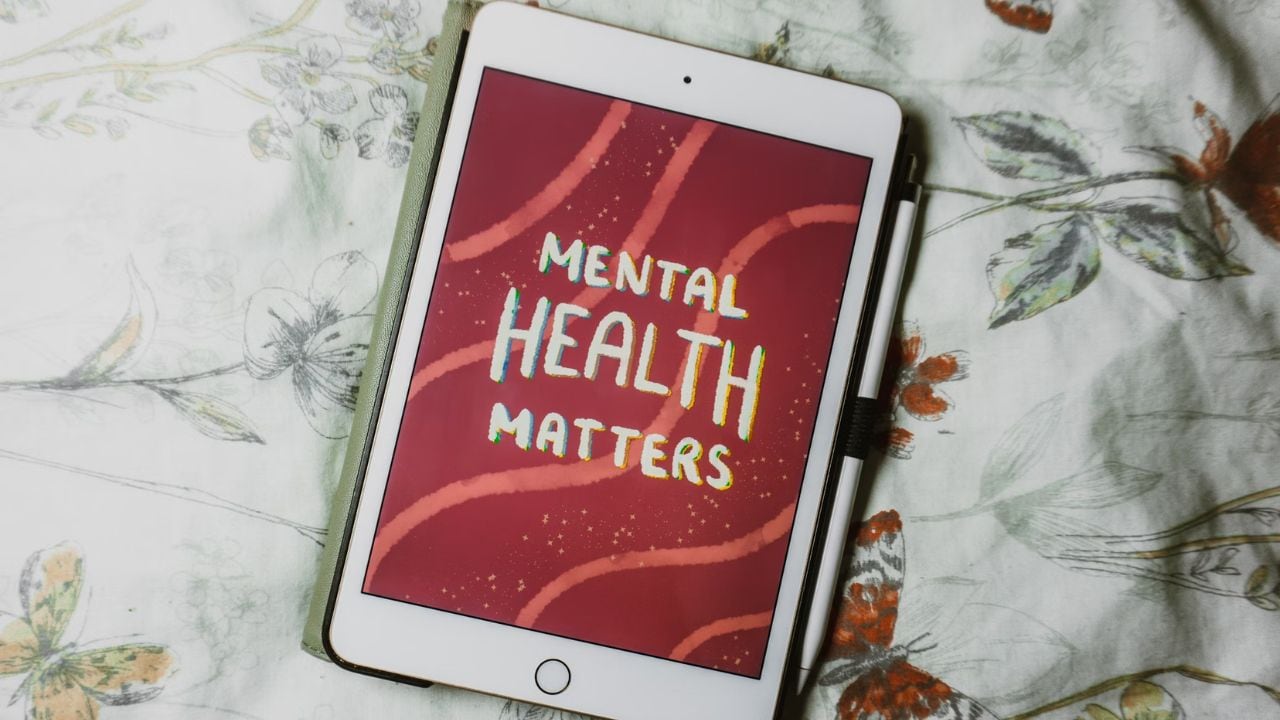Last week, media reports about the death of Ernst & Young employee Anna Sebastian Perayil shocked the internet. The incident reignited the debate on toxic work culture and employee mental health. Anna’s mother wrote to EY Chairman Rajiv Memani, alleging that her daughter died due to work-related stress.
According to ASICS’ ‘State of Mind’ study, there is a strong link between sedentary behavior and mental well-being, with state of mind scores decreasing if an individual remains inactive for an extended period.
The study, involving 26,000 participants, underscored that individuals who follow a sedentary lifestyle for 10-12 hours a day, scored 62 out of 100 as their state of mind.
The State of Mind score is a score out of 100, calculated based on the accumulative mean scores across ten cognitive and emotional traits (positive, content, relaxed, focused, composed, resilient, confident, alert, calm and energised) each of which are scored out of 10.
FM Nirmala Sitharaman calls for stress management education amid outcry over EY employee’s death
Further, the research on the desk-based working model found that after working for two hours continuously, the state of mind score decreases to 62 out of 100. For those who work at their desk continuously for more than six prolonged hours, such individuals’ state of mind score declined to 59.
After four hours of uninterrupted desk-based working, stress scores rose significantly by 18 percent (from 49/100 to 58/100).
And, those who spend a full working day continuously at their desk (8 or more hours) reported a 25 percent rise in stress levels compared to those who take a break after four hours of working at their desk.
How ‘hustle culture’ affects employees’ health; Experts recommend assessment, analysis, and action
However, the study also suggested that just 15 minutes of movement can start to reverse the effect of stress and help improve mental well-being and productivity.
The 15-minute movement between desk work, elevated the state of mind score by 22.5 percent, average confidence levels increased by 13.3 percent and anxiety levels plummeted by 12 percent and perceived stress decreased by 14.7 percent. Besides, productivity was boosted by 33.2 percent, and focus improved by 28.6 percent with 15 minutes of exercise break.
When movement breaks were introduced, participants’ happiness levels at work increased by 24.7 percent, according to the ASICS study. Additionally, 79.2% of participants expressed they would be more loyal to their job if offered regular movement breaks.
EY Chairman responds to backlash over workplace culture after Anna Sebastian’s death
“We have shown previously that just 15 minutes of exercise in leisure time can result in a meaningful improvement in people’s State of Mind scores. But what surprised us with the Desk Break experiment was how powerful the 15-minute movement breaks were in improving well-being and reducing stress. It even changed people’s perceptions of their workplace for the better,” Dr Brendon Stubbs from King’s College London, who oversaw the Desk-Break experiment, said.
